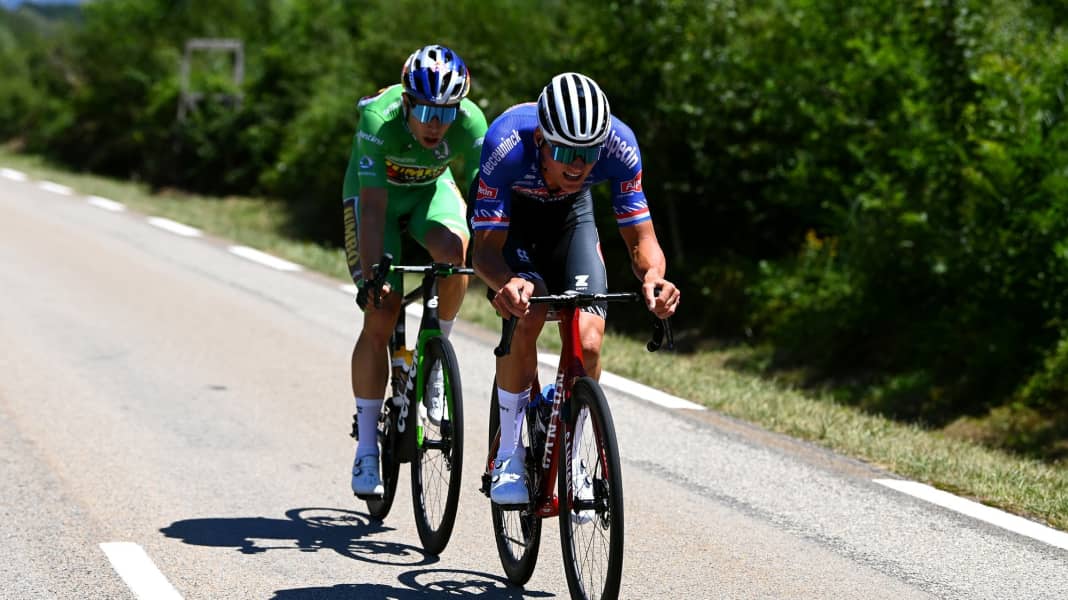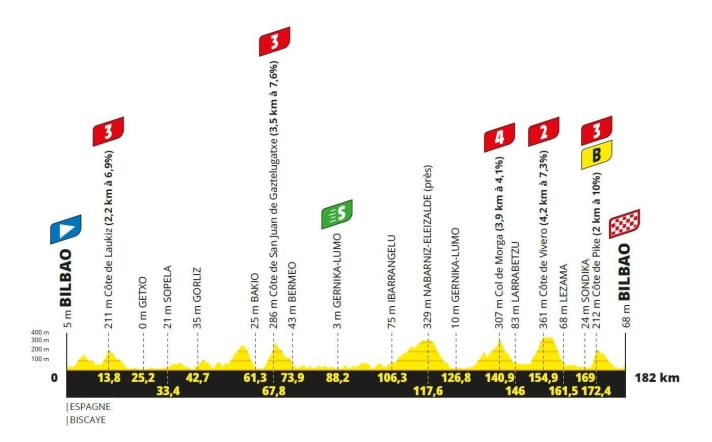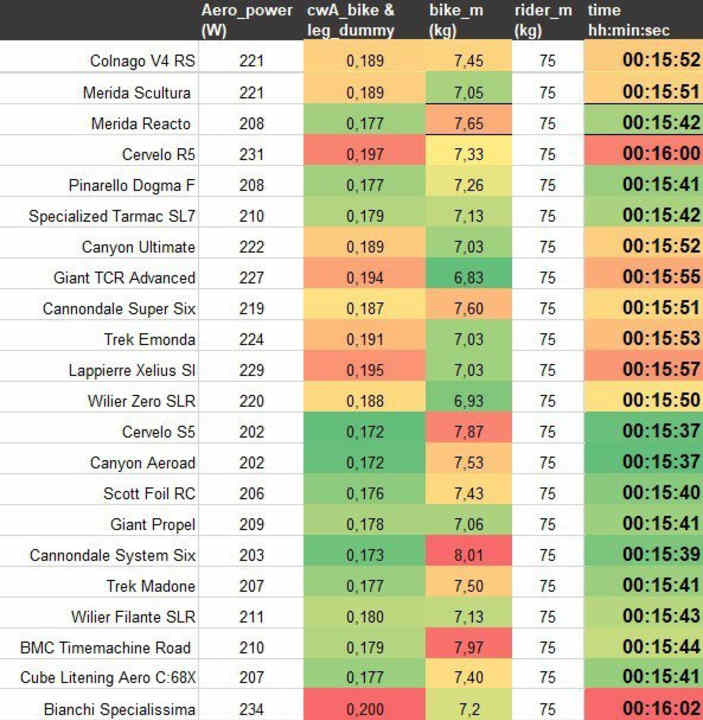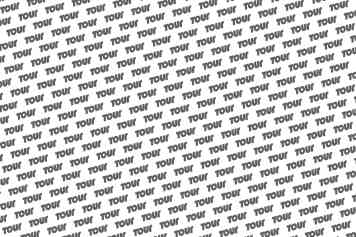
Tour de France 2023 - Stage 1: Bilbao - Bilbao | 182 Kilometres

The first stage of the 2023 Tour de France in the Basque Country is not easy stuff. The loop is peppered with hills that get nastier towards the end. All riders are fresh and motivated, which will make it very difficult for breakaways to get away from the peloton. The last poisonous climb in the profile fits perfectly into the prey of riders like Mathieu van der Poel, Wout van Aert or Tom Pidcock: The Cote de Pike rears up to the end with more than 15%, from the crest it is still about 10 kilometers slightly falling to the finish. A successful attack would be rewarded with the yellow jersey. The aforementioned riders are all also cross specialists, they have the special ability to leave the “gas” far beyond the continuous power limit for a few minutes. From a technical point of view, what is the best setup for this day?
Since the gaps will presumably be small, top aerodynamics will be key to salvaging a lead from the Cote to the finish. The riders will therefore do everything possible: aero wheels, a bike that is as aerodynamic as possible, aero skinsuits, aero helmet - the full program.
Tour de France 2023: Aero over weight on Stage 1
For the attack on the mountain, the bike should of course also be light, as light as it can be - the minimum weight of 6.8 kilograms, which the UCI prescribes, the pros usually do not reach. A 1x drive, as in Jumbo Visma occasionally for optimization (less weight, 3 watts less drag), we will probably also not see on stage 1 of the 2023 Tour de France, for that the last stitch is too steep. Mathematically, the matter is clear: Aero optimization bears more fruit in this final than weight minimization at any price. The lightweight wheels will therefore remain in the trucks. As for the tires, the majority will go for tubeless tires - probably in 28 mm width, because this offers a very good compromise between driving dynamics/comfort, rolling resistance and aerodynamics.
Our race simulation starts at the foot of the two-kilometer Cote de Pike, which has an average gradient of 10%. The first 500 meters are only seven percent, followed by a “flat” 500 meters at 4.8 percent before the real action begins: 500 meters at 12 percent followed by 500 meters at 15.6 percent.
If a puncheur such as van der Poel makes a full attack one kilometer before the crest, where the gradient increases, the riding time for this kilometer, if he goes all in, is a good three minutes. For the remaining 9.6 kilometers to the finish, we calculate an additional 12 minutes.
Number of the day: 25 seconds
Saves the fastest bike on stage 1 of the 2023 Tour de France in the final we simulated versus the slowest. First place for the fastest bike of the day is shared by the Canyon Aeroad and the Cervelo S5 - matching the talent and ambitions of Mathieu van der Poel and Wout van Aert. Various other aero bikes follow within striking distance. The favorites of the day all have good material at their disposal.
An all-rounder like Tadej Pogacar’s Colnago V4 RS falls well short in comparison.
The (almost) entire field at a glance

Should, contrary to expectations, an athlete be able to break away earlier, the aero card would sting in this case as well.
*) The calculations are based on the bikes tested by TOUR in the laboratory and wind tunnel. The bikes at the Tour de France may differ in details. Of course, we have not yet been able to examine last-minute prototypes either.
Our Expert

Robert Kühnen studied mechanical engineering, writes for TOUR about technology and training topics and develops testing methods. Robert has been refining the simulation calculations for years, they are also used by professional teams.
